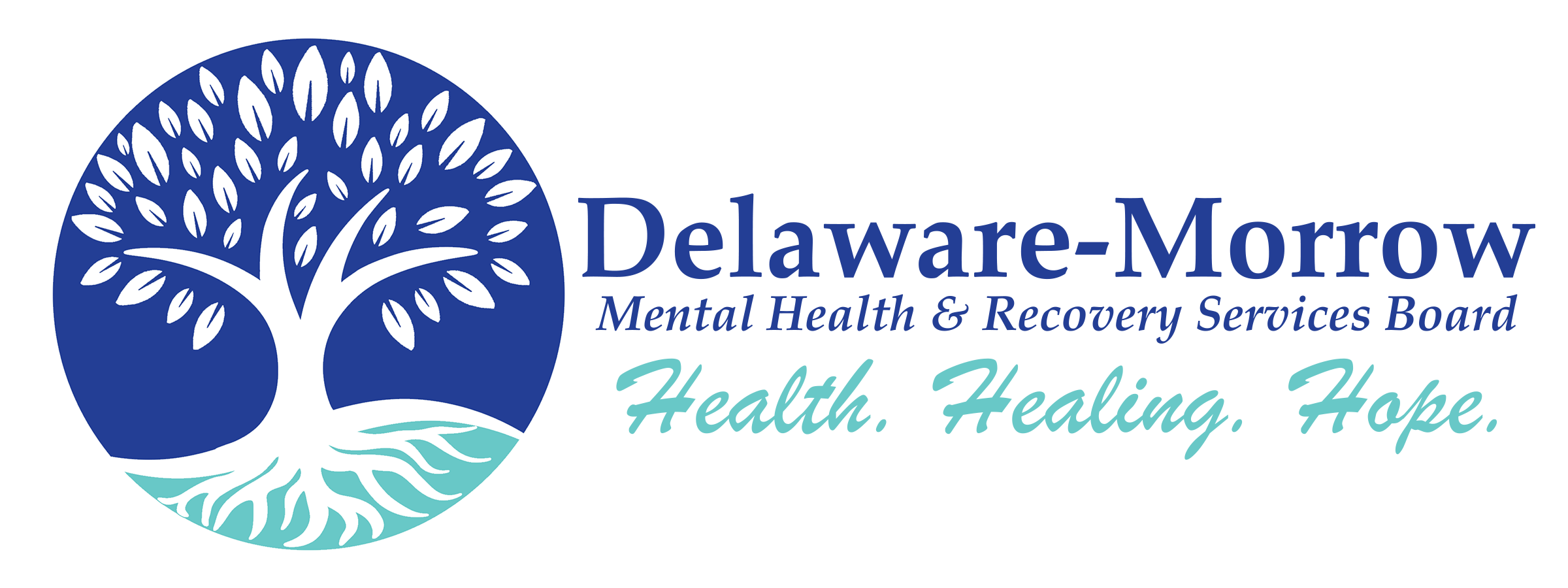Which Cycle Will You Support?
Working in mental health and recovery for years and years, you start to notice patterns. Behaviors in individuals and communities become so commonplace and predictable that we can reference them when we discuss policies and services. Sometimes these patterns represent negative behavior, and sometimes they show the path forward to progress.
One of the most dangerous patterns we are aware of is the cycle that perpetuates the negative stigma surrounding mental health and addiction.
It starts with a stereotype, where we believe something negative inherent to a group. In the case of people with mental illness or addiction, there are plenty of negative stereotypes to choose from: that they are weak-minded, lack drive or discipline, that they are inherently dangerous, or that their current state was caused by poor decisions, to name a few. These days we know that all of those stereotypes are false. Mental illnesses and addiction are diseases, the same as physical illnesses. Often they’re tied to brain chemistry, genetics, or trauma. These stereotypes breed misinformation and promote shame, neither of which are useful to people or families suffering from these diseases.
Once a stereotype is widely believed, it becomes a prejudice. This occurs when those negative stereotypes create a negative emotional reaction. For instance, learning somebody struggles with depression, and changing your opinion about that person based on the stereotypes you believe. Prejudices spread far and wide and take on a life of their own, and the more prevalent they get, the less likely people are to come forward and ask for help when they need it.
When prejudices influence people’s behavior, it results in discrimination. These are unfair practices and actions rooted in stereotypes and prejudices that ultimately punish a group of people just because of who they are. Discriminatory practices against those with mental illness or addictions are widespread and make life unnecessarily more difficult for people needing care and treatment. When discrimination is accepted, it only furthers those stereotypes, which perpetuates the whole cycle all over again.
The cycle of stigma is brutal, and unfortunately very familiar. Living with a mental illness or addiction can be incredibly difficult and being subjected to the stigma makes recovery that much harder.
In contrast, there is another cycle that we see in behavioral health that is much more encouraging, and it drives our work as an organization. It is the cycle that we see when people embrace treatment and find themselves living a healthy and productive life.
The first step of this cycle is recognizing that treatment works. Our board funds a wide spectrum of mental health and recovery treatment and support services, and we are constantly seeking new and creative ways to reach people and make these services easily available to residents of Delaware County and Morrow County. Treatment doesn’t just mean counseling; there are many different options available, and people who are willing to work with you until you find what works for you and your family.
When someone seeks treatment, they open themselves up to the care and evidence-based practices that have been shown to improve lives. This is the second step of the cycle: people in treatment get better. It doesn’t often happen quickly, and there are ups and downs in the journey, but the services, programs, and practices in our network are proven to help people.
The final part of this cycle is perhaps the most rewarding; when people get better, they contribute back to the system. A person in recovery can work, can go to school, can parent more effectively, and manage countless other tasks that may have once seemed impossible. By getting back into the community and contributing to day-to-day life, they’re enabling others to do the same. This happens in two ways. First, that person can be an example of the possibilities that are available once someone is willing to seek help. Second, by contributing to the community, they are also contributing to the public funds that make our entire system work.
Of course, there is always the risk of the stigma cycle reappearing and disrupting the progress that has been made. If a person is in recovery and seeking employment, but businesses are concerned about hiring someone with mental health or addiction troubles, then it can push that person right back into a downward spiral. Of course, this is just one example, but there are many other ways the stigma surrounding mental illness and addiction can derail a promising course to recovery.
So which cycle do you see yourself in? If you think you are on the wrong path, reach out for ways you can help or get help. By enabling the cycle of recovery, we can improve our community, our families, our homes, and our lives.


